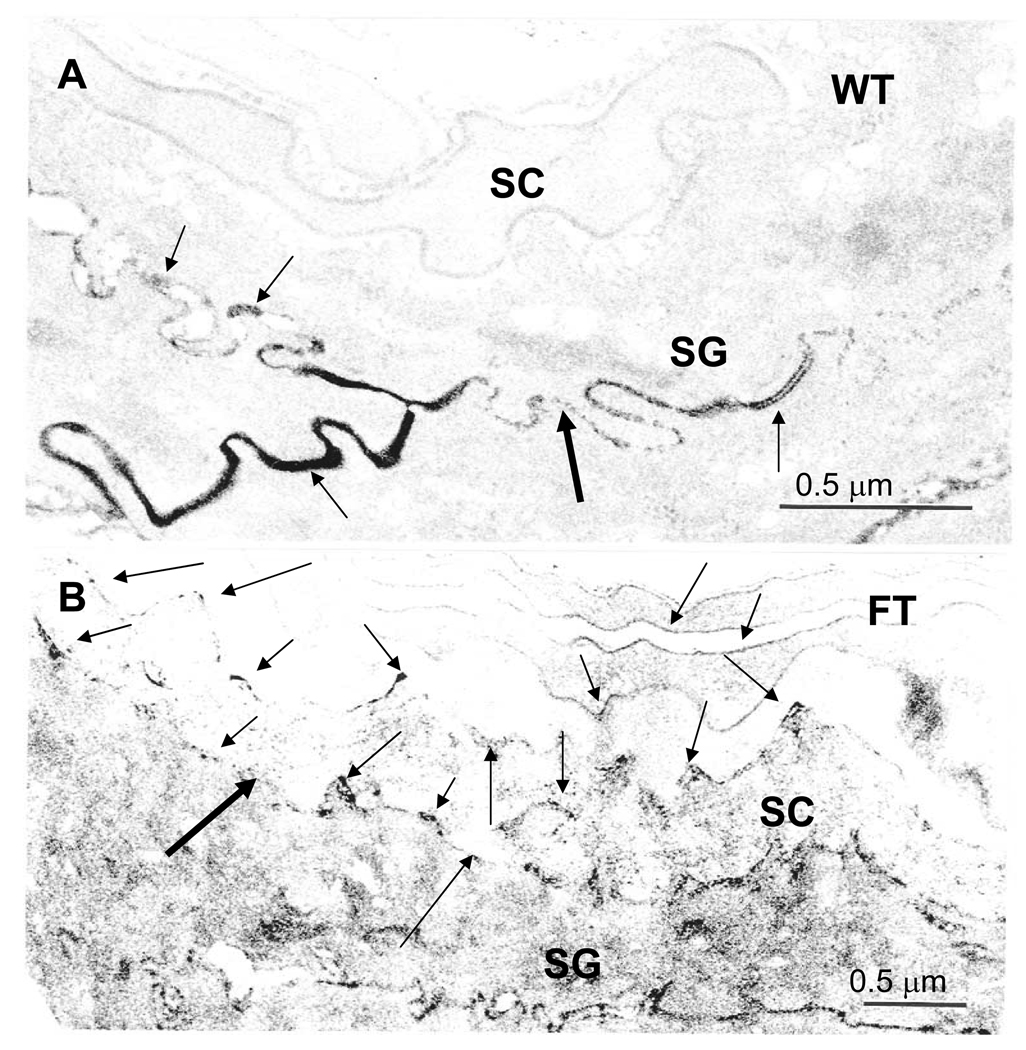Figure 2. Abnormal Paracellular Permeability Barrier to a Subcutaneous, Water-Soluble Tracer in Flaky Tail Mice.
Explants of back skin from sex-matched, 12 wk old, wild-type (WT) and flaky tail (FT) mice (n = 3 each) were immersed dermis-side-downward on a solution containing 4% colloidal lanthanum nitrate (pH 7.5) for 30 min to 2 hr, followed by fixation in Karnovsky’s solution (see Methods). Colloidal lanthanum travels outward through the extracellular spaces, but does not reach the stratum corneum (SC) in WT skin (A, arrows). In contrast, in FT skin, lanthanum tracer extends into the lower SC, primarily via the extracellular spaces (B, arrows), suggesting impaired ‘inside-to-outside’ barrier function. SG = stratum granulosum; A+B, osmium tetroxide post-fixation; Mag bars = 0.5 µm.

